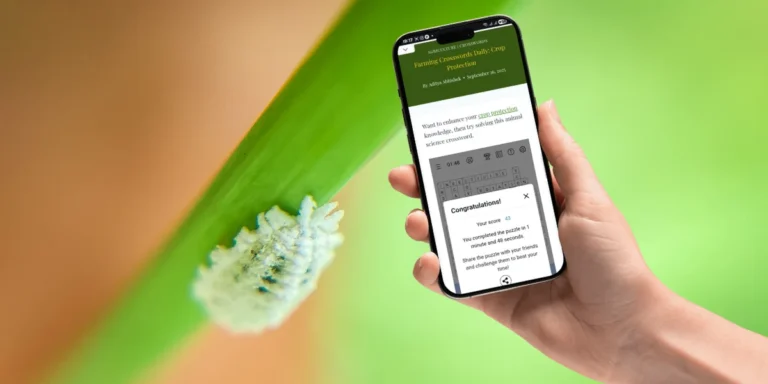- Centre of origin-Native plant in Mesoamerica and tropical America
- Chromosome number-22
- Family-Myrtaceae
- Order-Myrtales
- Kingdom-Plantae
Table of Contents
Introduction
- Guava is a very popular fruit.
- Guavas are evergreen, shallow-rooted shrubs or small trees that grow to 33 ft in height, with spreading branches.
- It is a hardy crop(i.e. it can survive as low as 5°C)
- Guava leaf extract may even help in treating acne.
- Guava is one of the richest sources of vitamin-C.
- It can also prevent the growth and development of cancer cells.
- Enhances immunity, helps relieve in painful menstruation.
- It is an ideal fruit for nutritional security due to its high nutritional value.
- Major producing countries are China, India, Brazil, Spain, Mexico, Italy, Indonesia.
- Guava production in 2019 in India is 18.8 million metric tons and in world 46.5 million metric tons.
- Guava trees grow rapidly and fruit in 2 to 4 years from seed. They live till 30 to 40 years but productivity declines after the 15th year.
Area and distribution
- The area under guava is about 0.15 million hectares.
- India ranks 1st in guava production followed by China.
- Although guava can be grown throughout India, it is most successful in Bihar, Andhra Pradesh, Uttar Pradesh.
- Approximately 501,600 acres are dedicated to the production of guava in India.
Soil Requirements
- Guava is cultivated on varied types of soils-heavy clay to very light sandy soils.
- Very good quality guavas are produced in river-basins.
- It can grow well in the soil pH range of 4.5- 8.2.
- Maximum concentration of its feeding roots is available up to 25 cm soil depth.
- The topsoil should be quite rich to provide enough nutrients for accelerating new growth which bears fruits.
Climate and temperature
- Guava is successfully grown under tropical and subtropical climate.
- The quality of the fruits is better in areas having distinct winters, therefore, guava grown near Allahabad is famous for the best quality fruits.
- Although guava tolerates drought, protective irrigation facilities are required.
- It grows best with an annual rainfall around 1000 mm restricted between June and September.
- The optimum temperature for germination of guava is 20-28°C.
- In winters the temperature must not fall less than 3°C (remember that guava is not tolerant to frost)
- Guava prefers full day sunshine and they are drought tolerant as well.
Guava propagation
- Guava can be propagated by seeds as well as by vegetative means.
Growing guava from cuttings
- Guava can be obtained through layering, grafting, cutting and budding.
- Its propagation by cuttings under ordinary condition is not successful.
- It is only successful under intermittent mist conditions with the aid of rooting hormones like IBA and NAA.
Growing guava from seeds
- Seed should not be in the dormant stage.
- Press one seed into the center of the pot with your finger. Be sure to cover the seed with a bit of soilless mixture.
- Water the seeds with a misting spray and place the container in a warm place with temperatures around(18°C.) or above.
- Transplant the seedlings to pots when they have 2-4 sets of leaves, then move them outdoors.
Spacing
- If spacing is 1.5 m × 3.0 m(plant × row) the farm can accommodate 2222 plants per hectare.
- If spacing is 3.0 m × 3.0 m(plant × row) the farm can accommodate 1111 plants per hectare.
- If spacing is 3.0 m × 6.0 m(plant × row) the farm can accommodate 555 plants per hectare.
Method of seeding
- One year shoots are used for obtaining 20-25 cm of cuttings. These cuttings are dipped in 200 ppm of IBA solution for 24 hours and then planted into the soil beds.
- Seeds should be planted at depth of 2× the width or diameter.
Nutrition Value
- 100 gm. of guava can fulfil 14% of your daily fibre requirement. Guava is a good source of vitamins A and C, copper, folate, and fibre. It contains antioxidants such as beta carotene and lycopene, as well as iron, B vitamins, potassium, zinc, and phosphorus.
- Guava provides 68 kcal of energy.
- Guava provides 9% of potassium.
- Guava provides 26% of copper.
Fertilizers
- A fertilizer dose of 600 g nitrogen and 400 g of Potassium is necessary in the northern region it varies with the places due to surrounding environment and climatic conditions.
Irrigation requirements
- Yearly average water requirement of guava was estimated to be 206 mm excluding effective rainfall.
- In an experiment, it is observed that a drip irrigation system provides greater yield than the ring basin method.
- The lowest yield was observed in the ring basin irrigation system.
Weed management
- We can use different cultural operation for controlling weeds i.e. Hand-picking, Burning, etc.
- These methods are to be selected according to the place and availability of required material, area of orchard and so many different factors.
- The chemical control of weeds in guava can be done by spraying of basal painting with ester formulations of 2,4,5-T is the best method of chemical control.





